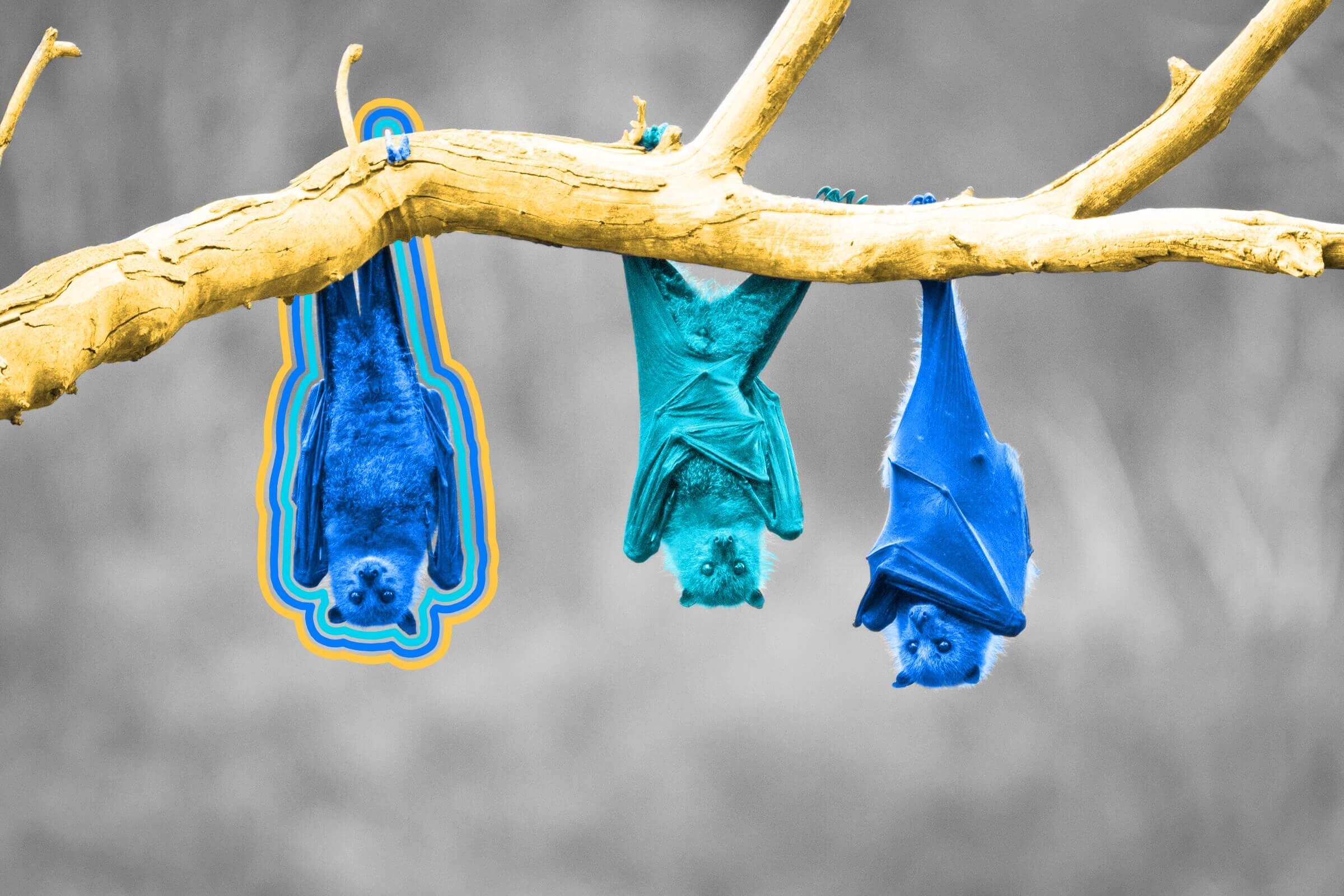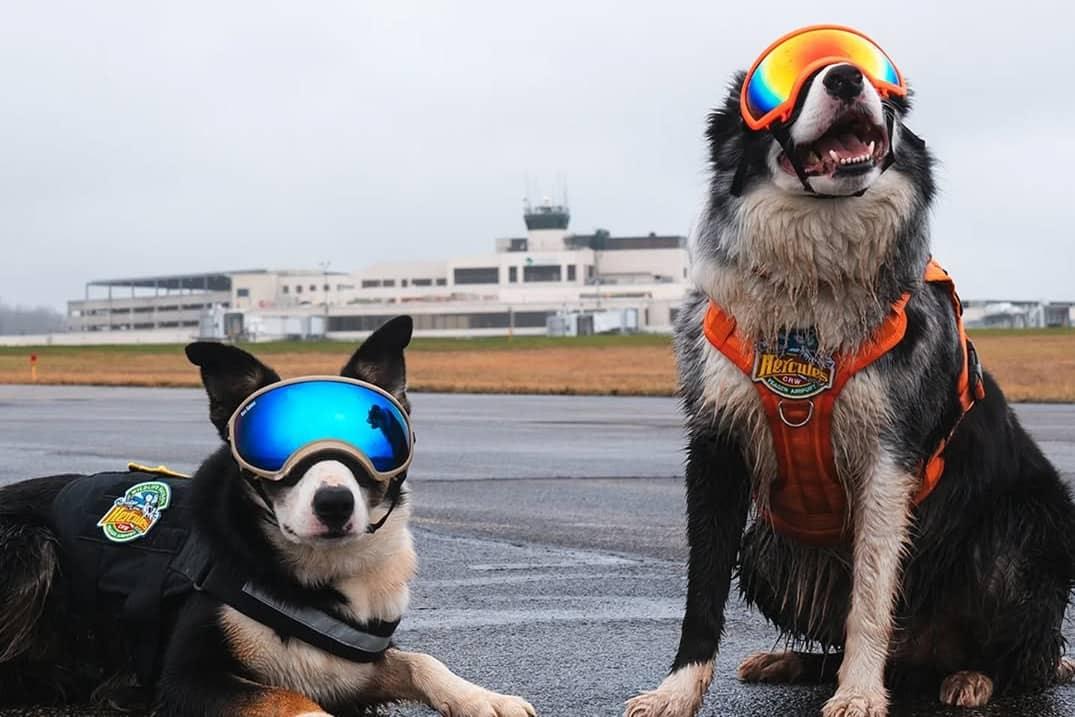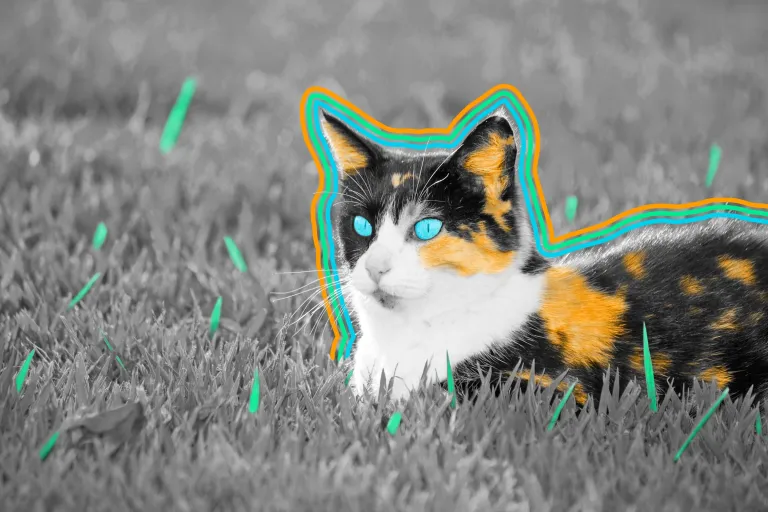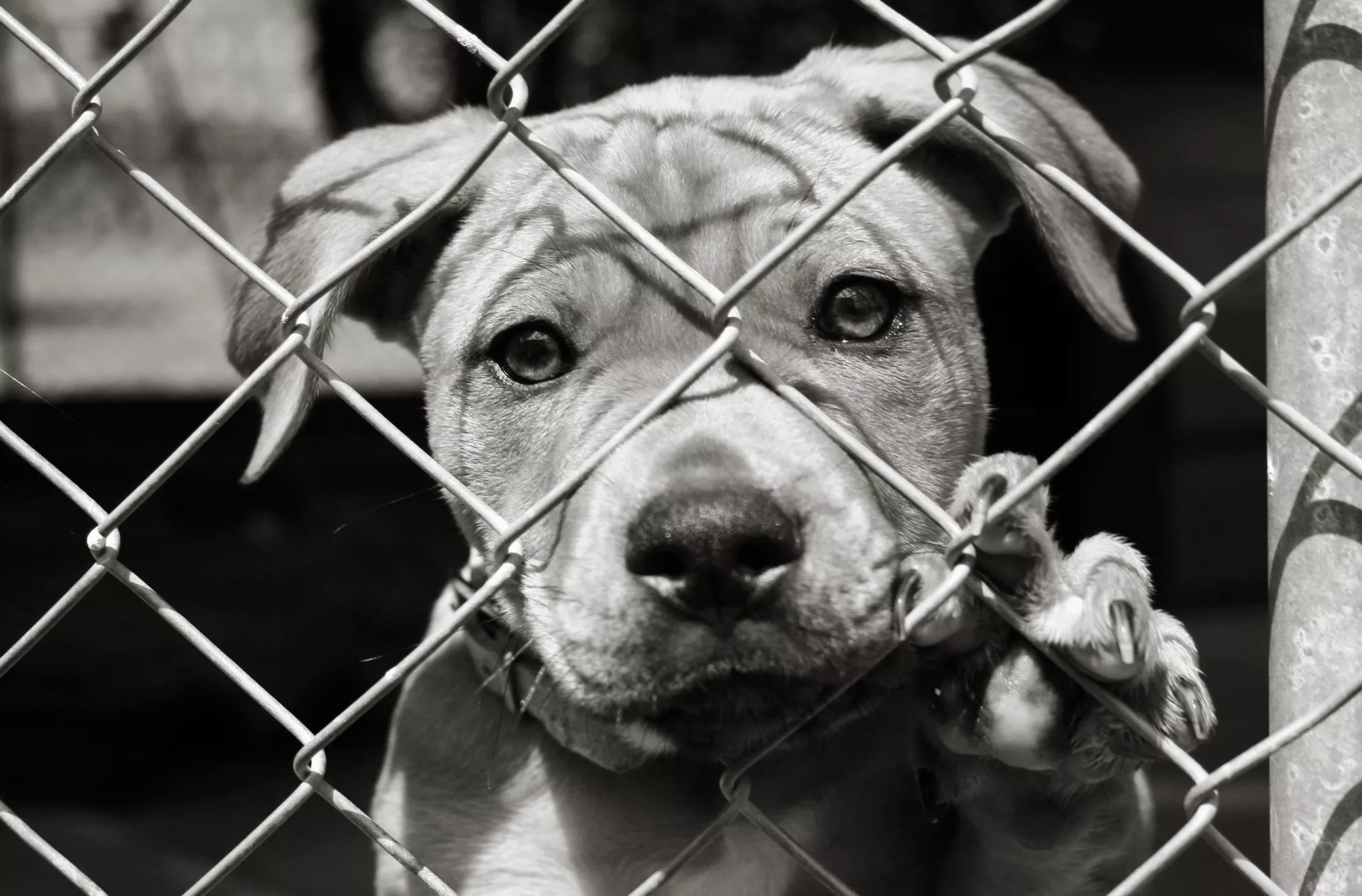5 items every prepper should consider for emergencies
Alright guys, today I want to give you five items every prepper should have, and these are not the typical rice and beans or the flashlight everyone talks about. These are real tools that give you an advantage in a crisis.
First is a gas siphon pump. Most people forget how fast gas stations run out during any disaster. If the power is down, the pumps are dead. A siphon pump lets you pull fuel from abandoned equipment, cars,, lawnmowers, generators, anything that has fuel in it. You stay mobile, you keep your generator running, and you are not stuck hoping a gas station magically opens back up.
Next is a bulletproof jacket. Yes, they make these. Level 3A jackets that look like normal clothing. I talked about this inside Prepper Academy. You get quiet protection without drawing attention. In a real crisis you do not want to look tactical. You want to blend in and still be protected from handgun threats. These jackets are perfect for that.
Third is sandbags. Preppers forget about these. Sandbags give you an instant barrier around doors, windows, and weak areas of your house if things get dangerous. They slow down incoming fire and give you a fighting position if the neighborhood goes bad. And they are also useful for floods. If a water main breaks or a storm hits, sandbags keep water out of your home. They even help with embers and small debris during a fire. They are cheap, easy to store flat, and you can fill them in minutes.
Fourth is a good countertop water filter. Not a basic kitchen filter, I mean a real gravity fed system that can take outdoor water, lake water, rainwater, and make it safe to drink. The one I use filters the equivalent of sixty eight thousand plastic water bottles. In a crisis, clean water is everything. If you can filter your own, you have a massive advantage over everyone else standing in line for bottled water.
For the fifth item, Get a handheld thermal camera or binoculars. This is one of the most underrated tools in prepping. You can detect people or animals in the dark, see heat signatures through smoke, locate intruders hiding behind bushes, and even check your house for heat loss in winter. In a post crisis environment, being able to see what others cannot is a huge edge. Maybe you guys don't agree with me but I think for tactical purposes at night, its so valuable.
These five items might not be on every prepper checklist, but they give you mobility, protection, water security, and home defense, That is the level you want to be operating at.
#SafetyProducts
Alright guys, today I want to give you five items every prepper should have, and these are not the typical rice and beans or the flashlight everyone talks about. These are real tools that give you an advantage in a crisis.
First is a gas siphon pump. Most people forget how fast gas stations run out during any disaster. If the power is down, the pumps are dead. A siphon pump lets you pull fuel from abandoned equipment, cars,, lawnmowers, generators, anything that has fuel in it. You stay mobile, you keep your generator running, and you are not stuck hoping a gas station magically opens back up.
Next is a bulletproof jacket. Yes, they make these. Level 3A jackets that look like normal clothing. I talked about this inside Prepper Academy. You get quiet protection without drawing attention. In a real crisis you do not want to look tactical. You want to blend in and still be protected from handgun threats. These jackets are perfect for that.
Third is sandbags. Preppers forget about these. Sandbags give you an instant barrier around doors, windows, and weak areas of your house if things get dangerous. They slow down incoming fire and give you a fighting position if the neighborhood goes bad. And they are also useful for floods. If a water main breaks or a storm hits, sandbags keep water out of your home. They even help with embers and small debris during a fire. They are cheap, easy to store flat, and you can fill them in minutes.
Fourth is a good countertop water filter. Not a basic kitchen filter, I mean a real gravity fed system that can take outdoor water, lake water, rainwater, and make it safe to drink. The one I use filters the equivalent of sixty eight thousand plastic water bottles. In a crisis, clean water is everything. If you can filter your own, you have a massive advantage over everyone else standing in line for bottled water.
For the fifth item, Get a handheld thermal camera or binoculars. This is one of the most underrated tools in prepping. You can detect people or animals in the dark, see heat signatures through smoke, locate intruders hiding behind bushes, and even check your house for heat loss in winter. In a post crisis environment, being able to see what others cannot is a huge edge. Maybe you guys don't agree with me but I think for tactical purposes at night, its so valuable.
These five items might not be on every prepper checklist, but they give you mobility, protection, water security, and home defense, That is the level you want to be operating at.
#SafetyProducts
5 items every prepper should consider for emergencies
Alright guys, today I want to give you five items every prepper should have, and these are not the typical rice and beans or the flashlight everyone talks about. These are real tools that give you an advantage in a crisis.
First is a gas siphon pump. Most people forget how fast gas stations run out during any disaster. If the power is down, the pumps are dead. A siphon pump lets you pull fuel from abandoned equipment, cars,, lawnmowers, generators, anything that has fuel in it. You stay mobile, you keep your generator running, and you are not stuck hoping a gas station magically opens back up.
Next is a bulletproof jacket. Yes, they make these. Level 3A jackets that look like normal clothing. I talked about this inside Prepper Academy. You get quiet protection without drawing attention. In a real crisis you do not want to look tactical. You want to blend in and still be protected from handgun threats. These jackets are perfect for that.
Third is sandbags. Preppers forget about these. Sandbags give you an instant barrier around doors, windows, and weak areas of your house if things get dangerous. They slow down incoming fire and give you a fighting position if the neighborhood goes bad. And they are also useful for floods. If a water main breaks or a storm hits, sandbags keep water out of your home. They even help with embers and small debris during a fire. They are cheap, easy to store flat, and you can fill them in minutes.
Fourth is a good countertop water filter. Not a basic kitchen filter, I mean a real gravity fed system that can take outdoor water, lake water, rainwater, and make it safe to drink. The one I use filters the equivalent of sixty eight thousand plastic water bottles. In a crisis, clean water is everything. If you can filter your own, you have a massive advantage over everyone else standing in line for bottled water.
For the fifth item, Get a handheld thermal camera or binoculars. This is one of the most underrated tools in prepping. You can detect people or animals in the dark, see heat signatures through smoke, locate intruders hiding behind bushes, and even check your house for heat loss in winter. In a post crisis environment, being able to see what others cannot is a huge edge. Maybe you guys don't agree with me but I think for tactical purposes at night, its so valuable.
These five items might not be on every prepper checklist, but they give you mobility, protection, water security, and home defense, That is the level you want to be operating at.
#SafetyProducts
0 Comentários
0 Compartilhamentos
4115 Visualizações










